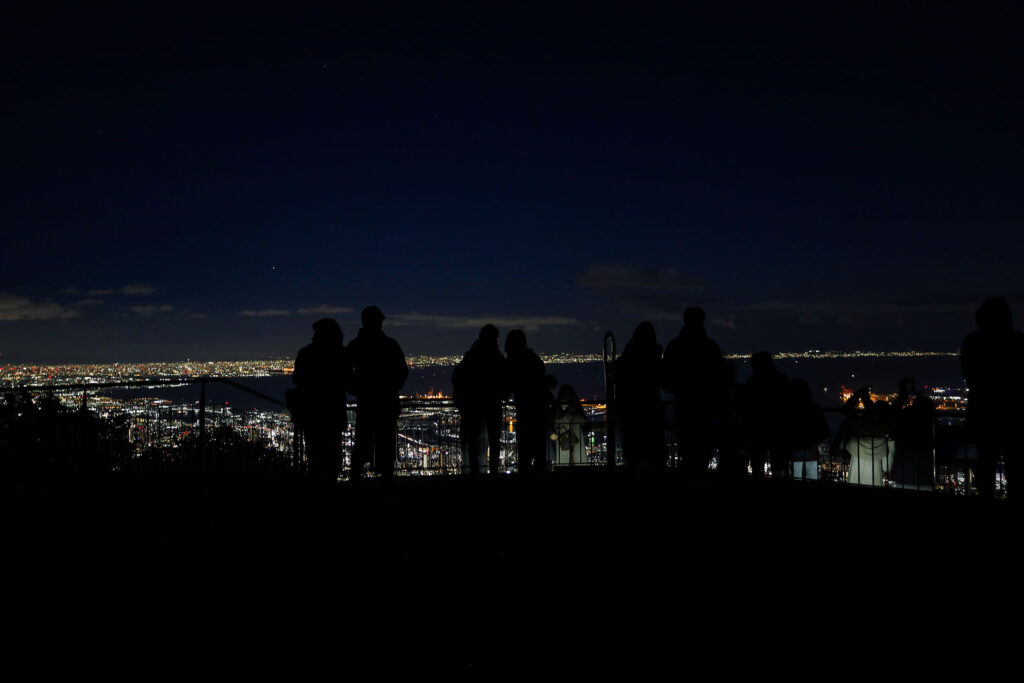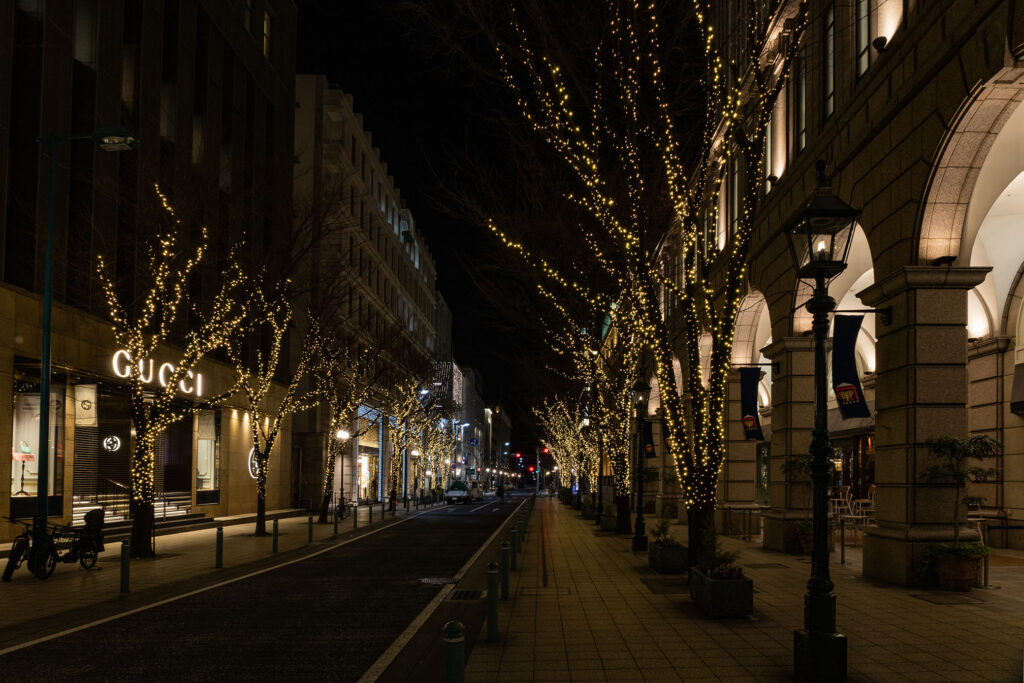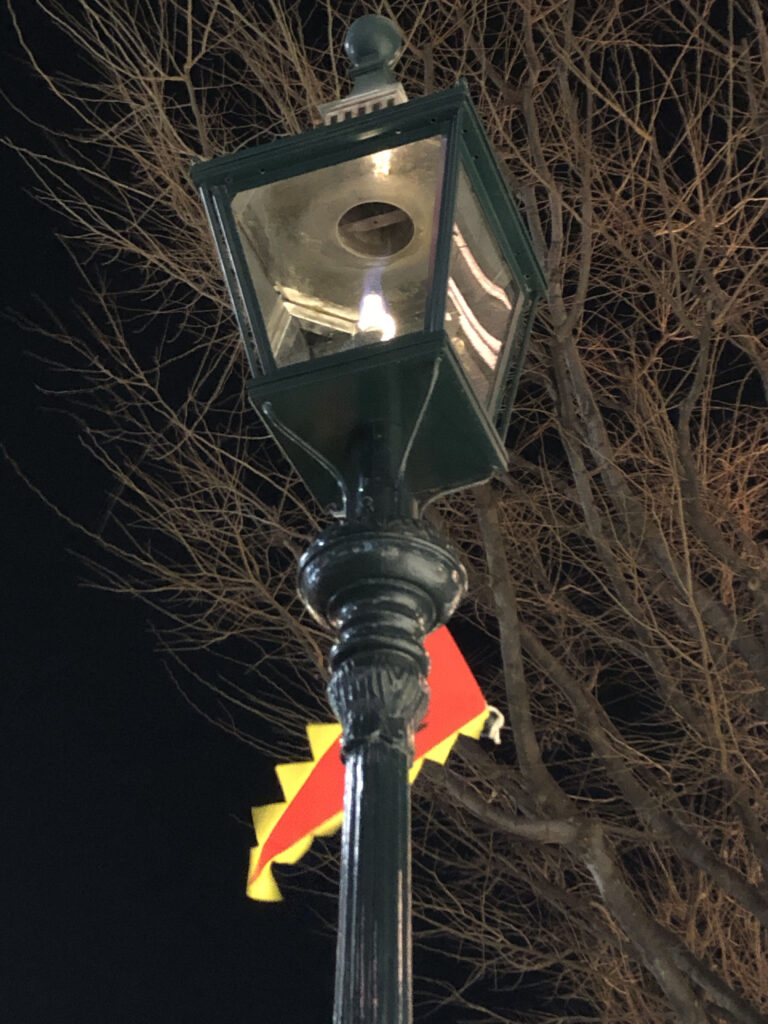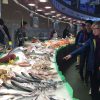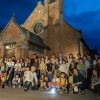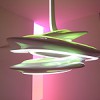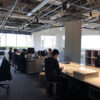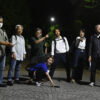2023.01.18-01.20 Yumi Honda + Misuzu Nakamura
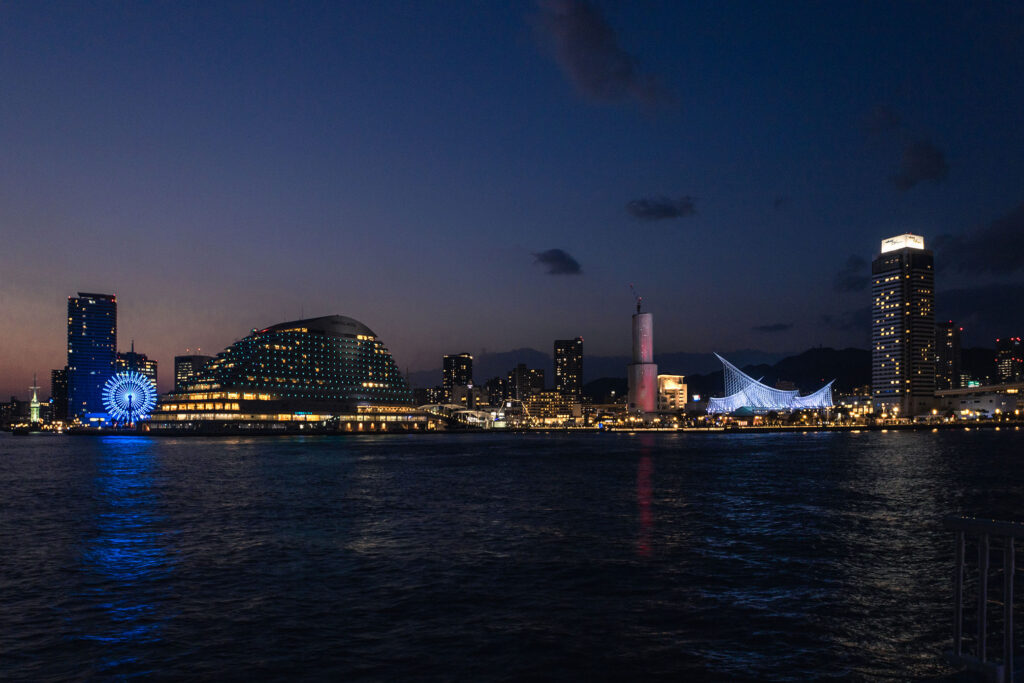
Unfortunately, the Port Tower is undergoing renovation, and the projection on the temporary enclosure is underway.
Kobe is famous for the night view from Mt. Rokko as the “10 Million Dollar Nightscape” and for its waterside nightscape as a port city. Nightscape guidelines have been established in 2012, and efforts are being actively made to improve the lighting in the city. We walked around the city, which continues to be updated, and explored the components of a nightscape that is uniquely Kobe.
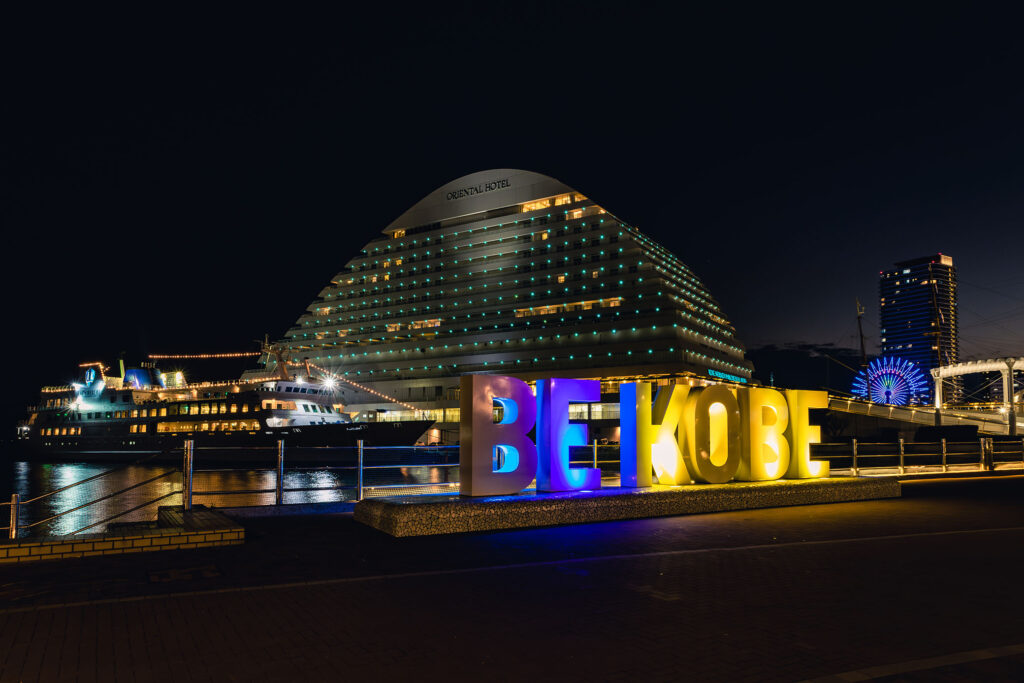
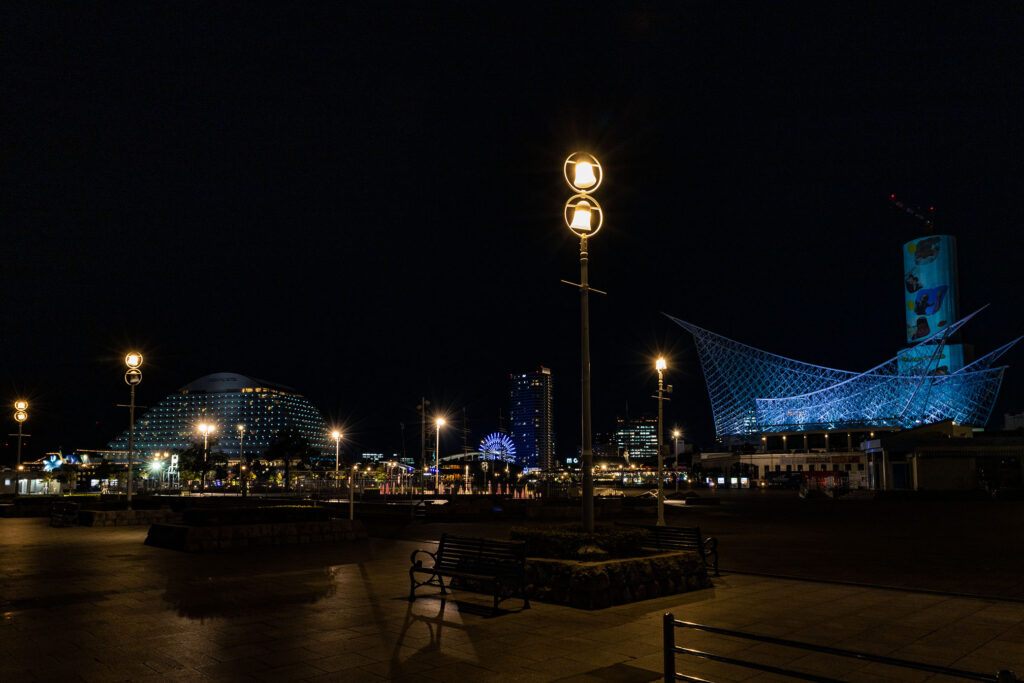
■“Instagrammable” Nightscape
Port Tower, Maritime Museum, Oriental Hotel, Hotel Okura, Ferris wheel, sightseeing boats, and the “BE KOBE” monument…. When people think of the city of Kobe, they probably think of Meriken Park. Meriken Park is the face of Kobe, and even at night many people were visiting the park to take commemorative photos. Many of the park’s symbolic monuments were lit up and color lighting was used extensively, but the colors and color schemes were mainly neutral, not primary colors, so it was nice to enjoy the colorful light without getting an overpowering impression. To complement the color lighting, the ground lights of the pole lights, handrail lights, and bollard lights were uniformly lit with light bulbs, creating a subdued brightness. Both decorative lighting and functional lighting emitted little excessive glare, allowing us to concentrate on the illuminated objects. It seemed like seeing the nightscape and taking pictures of it could be the purpose of a visit to this place. In this age of breathlessly uploaded photos and videos on Instagram and TikTok, “Instagrammable” has become a common concept that everyone is aware of on a daily basis. The night view of Meriken Park is the perfect place for those of us who want to “take a fancy nightscape photo!” At spots where we can take photogenic photos, such as in front of BE KOBE, there are several “recommended to take photos from here” signs posted at our feet. If you stand there and hold your camera up, you can capture the night view of Kobe, from the foreground to the lights in the background and the reflection of the lights on the sea surface beyond. It was impressive to see visitors enjoying themselves, taking photos and selfies with each other.
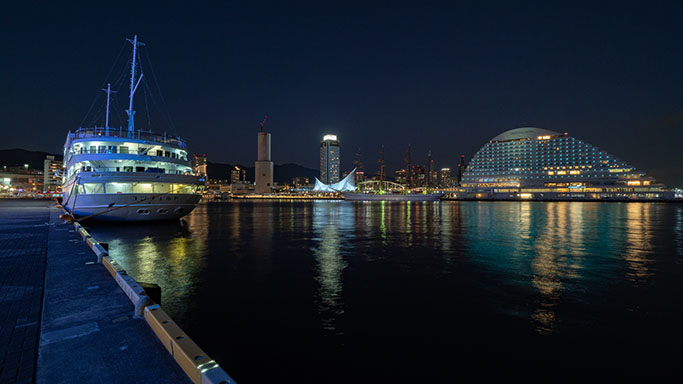
In order to showcase the photogenic landscape, the viewpoints that serve as photo shooting points seem to have been consciously maintained. The sightseeing map of Kobe City showed a lineup of recommended photo points, including “Daiichi(first) Jetty” just across the river and “Port Island North Park” across the Kobe Grand Bridge. However, when I went there, I found that compared to the bustling Meriken Park and Harbor Land, there were almost no people there both day and night. Both of these spots were good spots to enjoy panoramic night views of the seaside with lights reflected on the water, but I got the impression that they were still in the process of being marketed. Looking at the night view of the seaside from a distant viewpoint, one notices symbolic logos glowing in the background of the mountain range. These logos were positioned as ice stops at the end of the main street when walking through the city. Every detail of Kobe’s nightscape has been calculated to be “seen”. (Misuzu Nakamura)
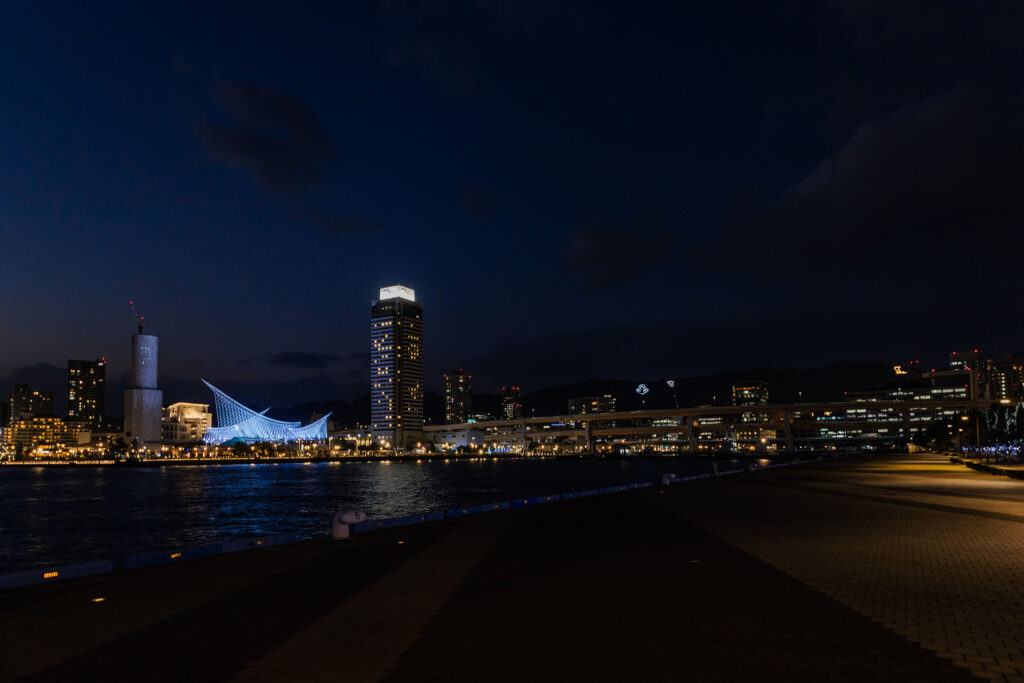
■Lights in the city that create the impression of Kobe
In addition to the waterfront scenery, the image often associated with Kobe is that of an exotic, sophisticated, and fashionable port city. As lighting elements, light bulbs and streetlight designs are solid, but there must be something subtle about the urban Kobe. We walked around at night from Sannomiya to Motomachi to investigate its secret.
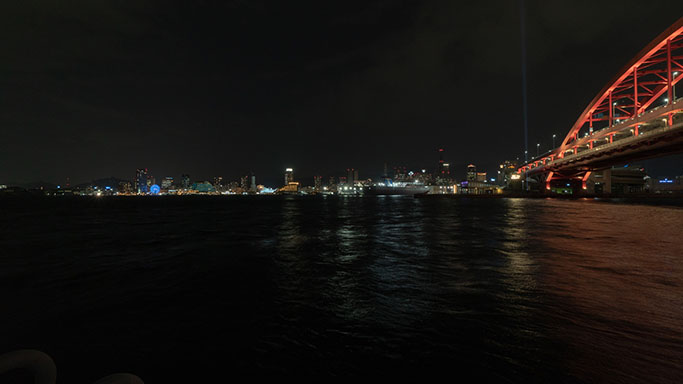
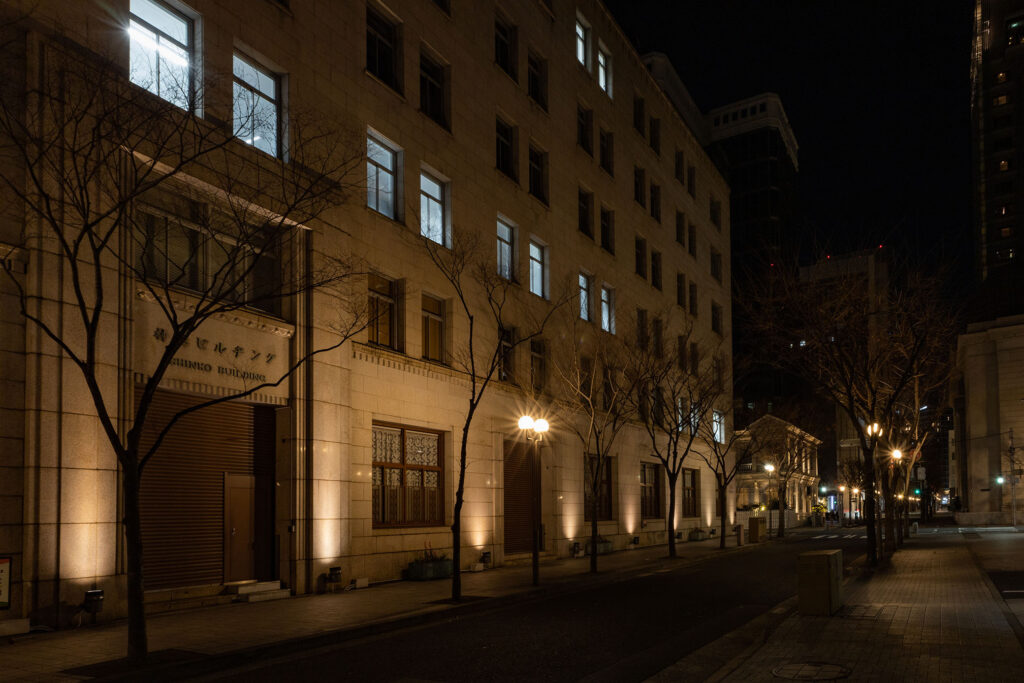
■Light of Designed City (Flower Road)
Flower Road is a major road from Shin-Kobe Station through Sannomiya Station to the sea. As is typical station fronts in large cities, the streets around Sannomiya Station are bright and shining white, but from the City Hall to the south, the entire street has a calm atmosphere as if it were part of a park.
This area was first developed in 2015, shortly after the “Nightscape Implementation Plan” was formulated. The roadway lights are light bulbs, which is unusual for an arterial road, and the low intensity setting makes the area seem dark for a moment, but the softly glowing pole lights and the lighting of colorful flowers and grasses create a lively atmosphere, guiding the eye. The color temperature consideration, glare-less roadway lights, luminance effects on vertical surfaces, RGB control, etc., carefully reflect the basics of nightscape maintenance, and convey an awareness of the goal of creating an elegant and sophisticated nightscape. Kobe East Park, which at the time of the 2005 survey was described as “just a dark mass of darkness” and “disappointed that it is so desolate at night because it is a pleasant place during the day,” has been transformed into “a pleasant place both day and night,” with citizens taking a break during their walks even on cold winter evenings.
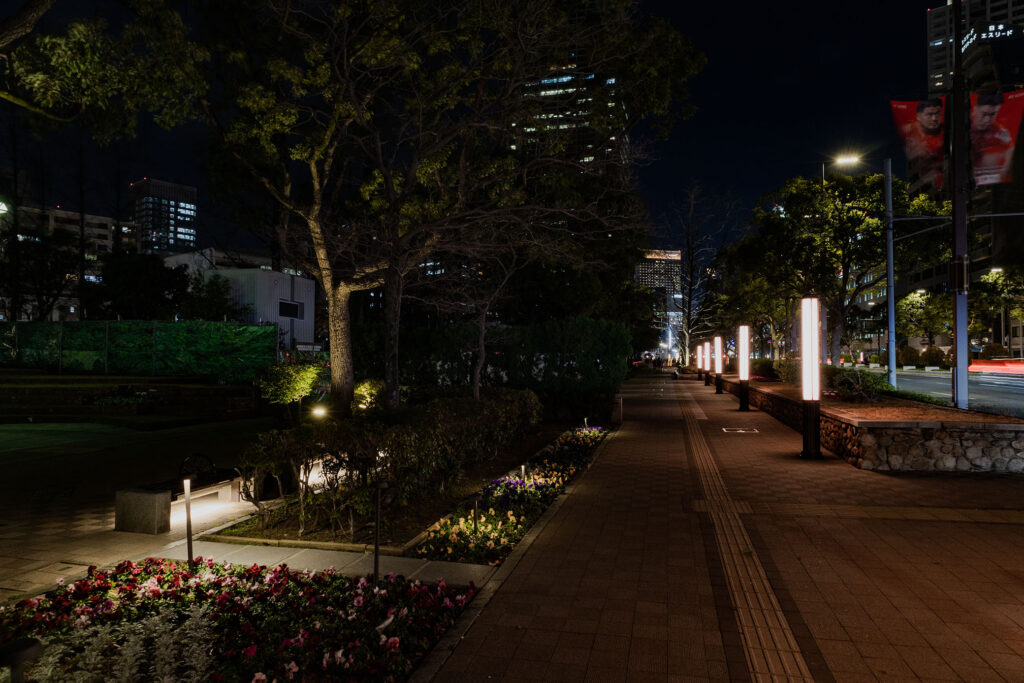
■Lights of Exoticism (Former Foreign Settlement – Nankinmachi Town)
Settlement, Western culture, Chinatown, architecture with a historical flavor… Kobe and Yokohama share the same characteristics as port towns, and both cities have been quick to develop lighting that enhances the city’s features, such as lighting up historical buildings, streetlights and lantern decorations with Chinese and Western designs. In the Old Settlement area, where retro modern buildings from the Taisho and Showa periods make up the streetscape, gas lamps have been installed in the Kobe City Museum and Kobe Daimaru blocks, but surprisingly, the other streets are mainly lit by spherical globe streetlights. The clear glass shades allow the lamps to be seen from all directions, and I was concerned about glare, but the shimmering light accentuates the stately streetscape and is effective in softly illuminating walls with little window area. The lanterns and red flags in Nanjing Town give a sense of Chinese New Year exuberance, just as one would expect in Chinatown. The lanterns attract the viewer’s attention not only to the individual stores, but also to the nightscape of the entire town. The boundary between Western and Chinese neighborhoods, each with its own distinct character, tends to be complicated, but by placing a Scandinavian-designed street lamp in the middle of the street, the atmosphere of a fashionable port town was created.
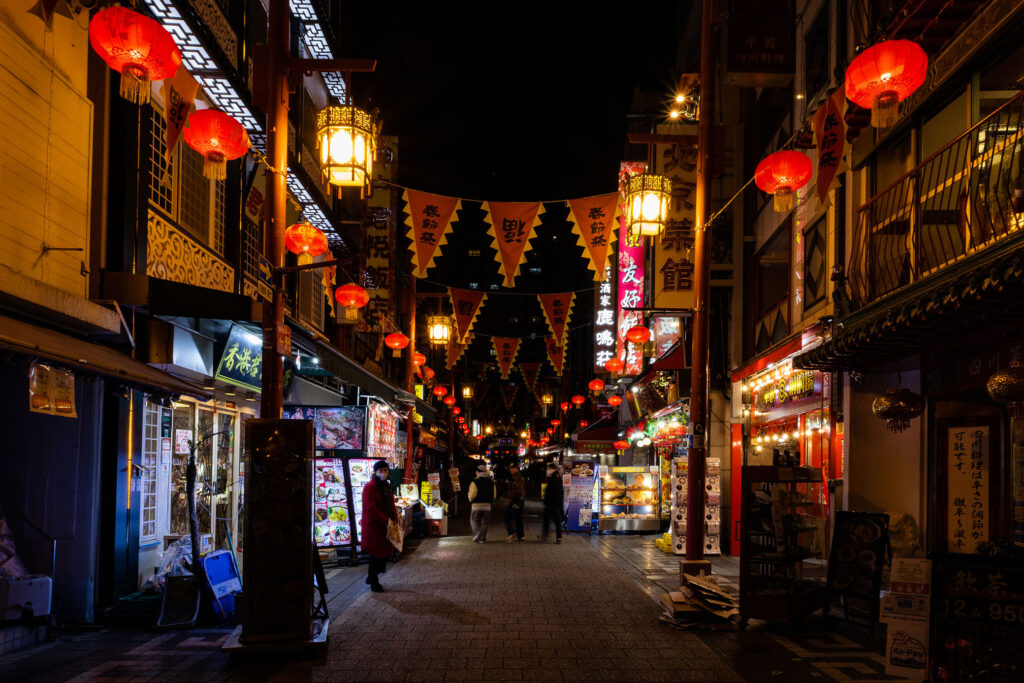
■Light succeeding to the townscape
After surveying the “Kobe-like” streets, we headed north to the station area, where the color temperature and illumination became much higher and the visual information content increased with colorful advertisements and billboards. The cumbersome appearance of the downtown area made us realize how effective the nightscape guidelines had been in other districts. In the priority areas of the guidelines, excessive lighting was first eliminated in favor of light bulb colors, low contrast between light and dark, and low brightness. In the downtown area in front of the station, a redevelopment project is underway in the vicinity of Sannomiya Station. The area around Sannomiya Station on the railroad line is an urban transportation network, and until now, one did not feel that one was in Kobe until one went to Meriken Park.
However, before the Great Hanshin-Awaji Earthquake, the station was the gateway to Kobe, creating the city’s image. The new Kobe Sannomiya Hankyu Building is a
reconstruction design of the Kobe Hankyu Building, the symbol of Kobe before the earthquake, with a retro arched window design on the facade and cobblestone streets, and the restrained color temperature and lighting create a pleasant street.
Thus, in the city of Kobe, there is a mixture of newly reconstructed buildings and streetlights that look like they have been there for a long time, such as the buildings in the Old Settlement area and Kobe Daimaru. While it should be easy to incorporate cuttingedge lighting technology and fads, I saw many places lit by real old-fashioned gas lamps. Although they are only modestly bright as urban sidewalk lights, the flickering small flames are warm and evocative of the mysteriousness of the night. I was pleased to see that they are not only updating the latest designs, but also placing importance on following the characteristics and memories of the city, and that they recognize the elements of streetlights and light as elements that create the streetscape. (Yumi Honda)
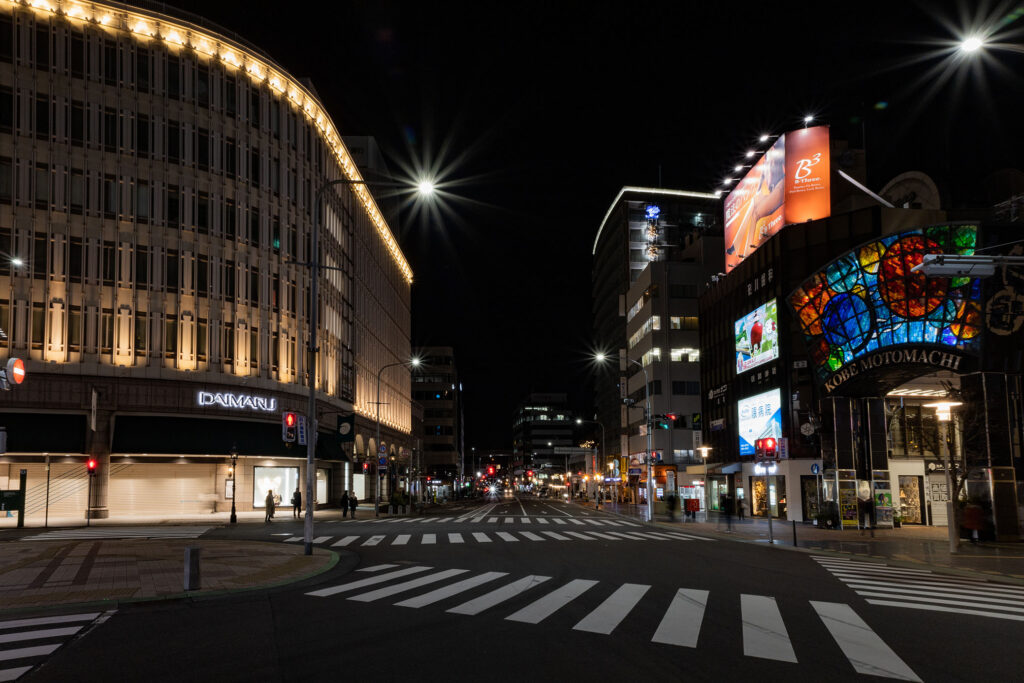
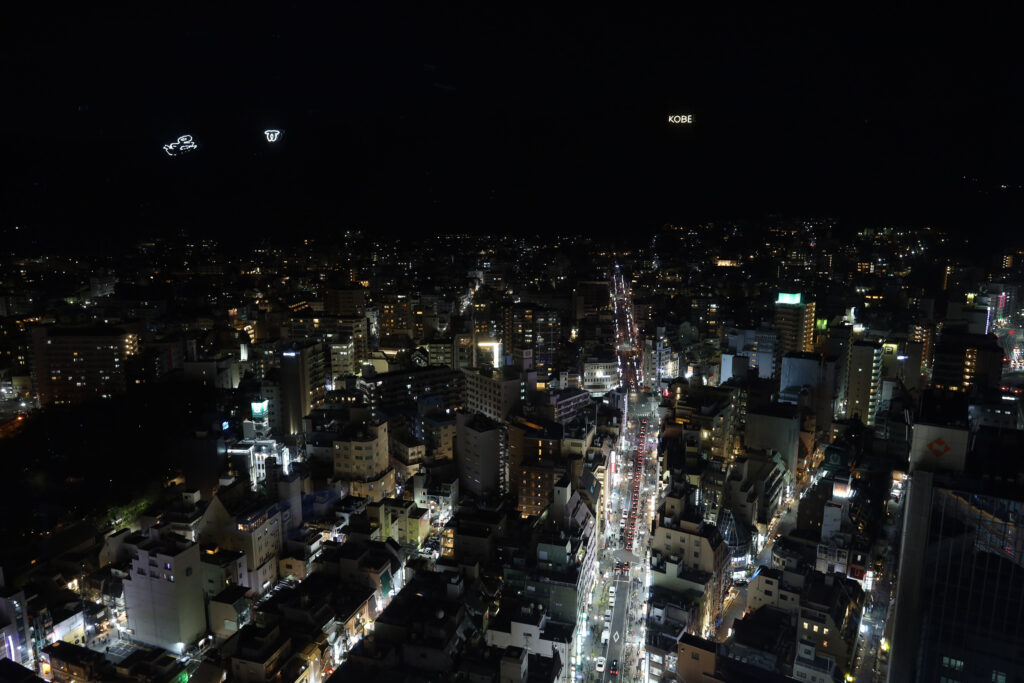
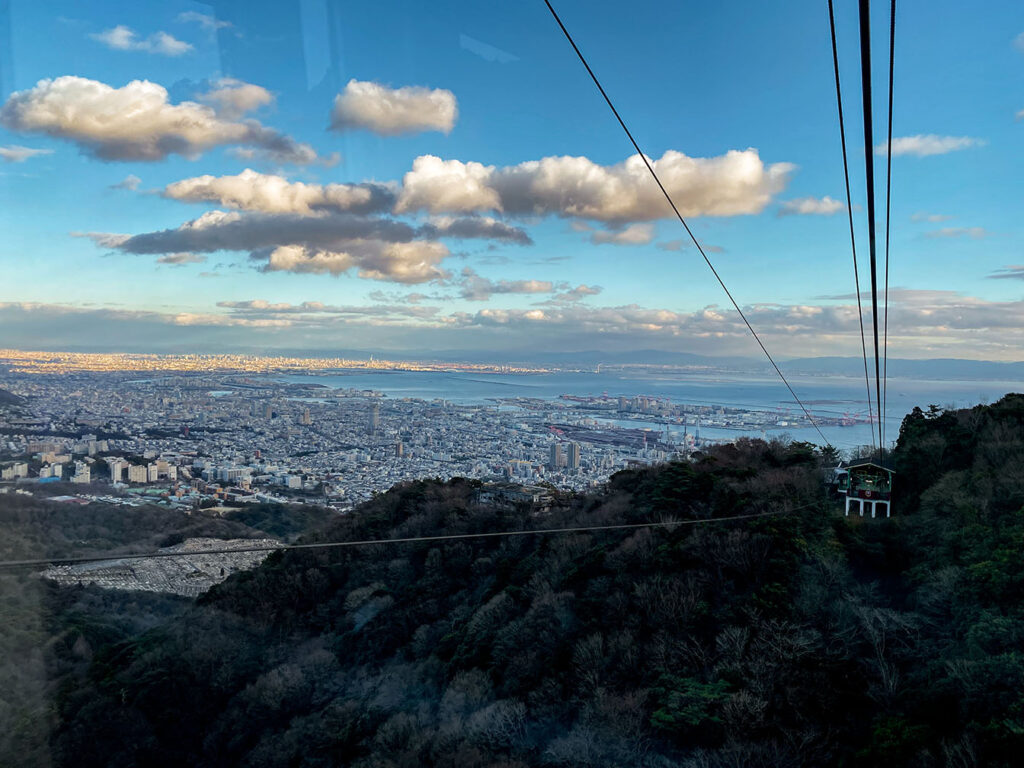
■Panorama with bird’s eye view
From the Suku-seidai Observatory, located at the highest point of Mt. Maya, which is linked to Mt. Rokko, visitors can enjoy a panoramic view of the city of Kobe at the edge of their field of vision, and as far as the Kii Peninsula surrounding Osaka Bay. The “Maya View Line” to the observatory was more crowded after dark than during the daytime, suggesting the popularity of the “night view from the observatory” as an established nighttime activity in Kobe. From Sukuji-dai, the lights of Kobe are a bit far away, so it is difficult to make out the illuminated buildings and streets in detail. However, the amount of light was overwhelming, and one could see a very wide area of the city lights stretching all the way to Osaka without feeling the lights were too glaring or uneven. I felt the distance to the city lights was similar to the night view from Mt. Moiwa to Sapporo. In contrast to Sapporo where the lights were mainly from street lamps with a sense of unity, in Kobe the lights from the windows of the buildings and the lights from the factories in the coastal area were of different colors and intensities, and there was a sense that the city’s activities were conveyed more clearly. Also, in Nagasaki, which, like Kobe, has a topography with slopes rising up near the sea, the spread of houses and roads on the slopes as well as on the plains creates a “three-dimensional nightscape” with lights on the slopes, whereas in Kobe, the mountain range has almost no light elements. Instead, from a viewpoint suitable for looking down on the plain, visitors can experience a “nightscape scattered over an area” with a panoramic view unobstructed by the surrounding slopes. While the city center was meticulously maintained in accordance with the guidelines, for the distant view along the sea and the bird’s eye view from the observatory, which are major landscapes, the impression was that the focus was on the development of viewpoints by utilizing the geographical potential rather than on the development of any additional lighting. We felt that the beautiful nightscape, which is the face of the city, was realized under a very efficient maintenance policy. (Misuzu Nakamura)
